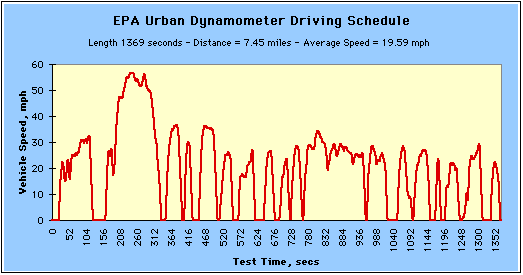Even super gentle application of the brakes are sufficient to "scrub" ice and salt off.My car doesn't have a low-regen mode which is something else that Tesla has taken away. I live in a climate where we get a lot of freezing over this time of year, and it gets really old having to mash the accelerator so I can brake hard and scrub the ice and salt off of the brakes.
If you want a more thorough use of friction brakes, set the car into service mode, then activate the brake burnishing program which will fully disable regen. You don't have to run the full program, but it's a good idea to do it occasionally anyway.
It's not about 'forcing' higher realized range for drivers. It's about getting higher range in official testing results, because testing regime requires cycling through all the modes available on the car.I still believe it's more about programming simplicity for whatever they're currently working on, some part of FSD probably.
But there's no way it's about range. That makes zero sense.



